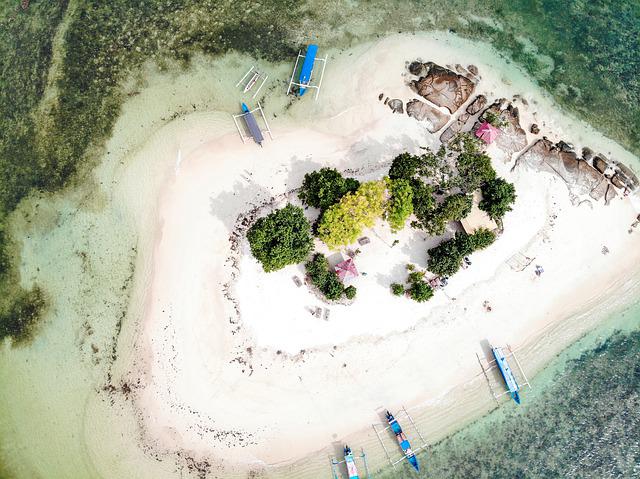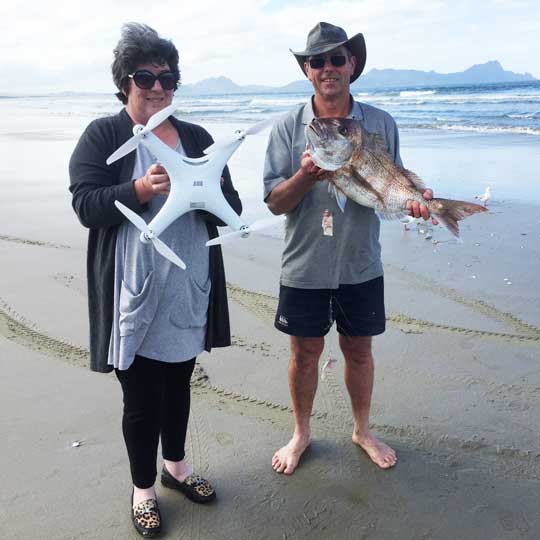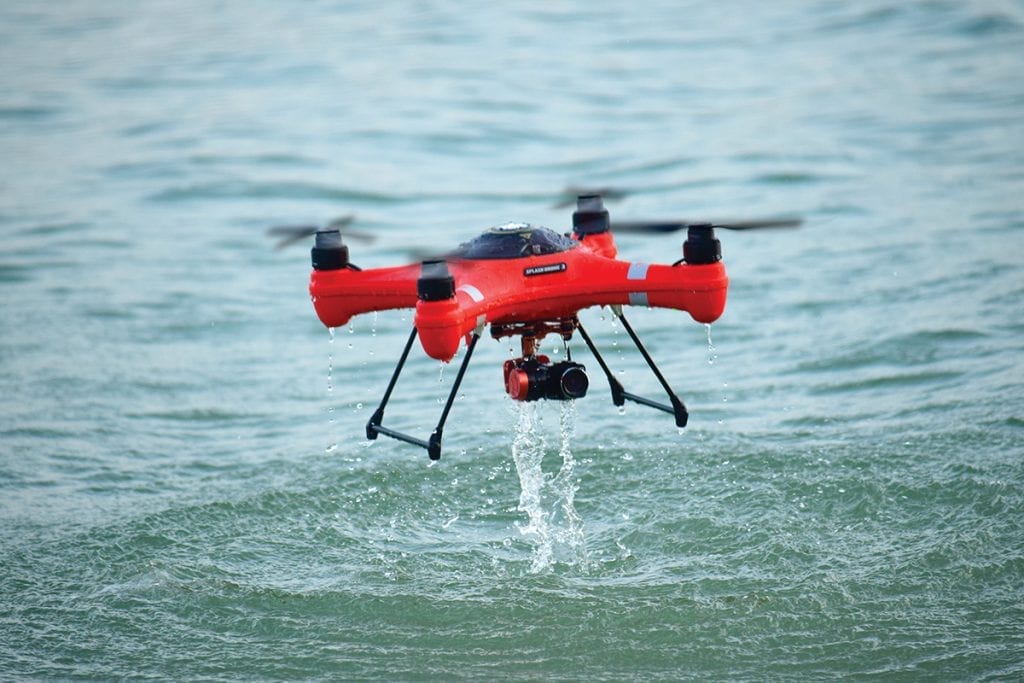
New Zealand has discovered a new way to fish: drone fishing. This exciting new technique makes use of the latest drone technology and opens up new opportunities for fishing. Drone Fishing NZ is a leading retailer that sells DJI and Splash drones. You can also find Splash drones and GoFish cameras, as well as custom-built fishing rigs.
Aerokontiki Drones
For a better picture of what you're doing, try a fishing drone like the Fishhawk, a product of Sharkan. The stabilized camera captures 12 megapixel photos and 4k UHD Videos at 30 frames per Second. You can even view the videos directly on your smartphone. The drone offers a range of good transmission and flight time, as well as a spare batteries that can be charged.
Mobula
Mobula drones were specifically created for fishing. The drone can survive in wind up to 20 kph and is buoyant. It has safety features built in, such as an automatic return to home, payload release, and three different release mechanisms. A water-returning feature means that your drone will always return to the surface if its battery dies.
Banks'
A fishing drone is a popular choice for anglers and other sports enthusiasts. The downside to using a drone is its potential hazards. A drone is not suitable to fish in too deep waters. If a drone crashes in the exact same place again, it can pose a problem. If this happens, the video information is not always reliable.

SplashDrone 4.
Swellpro has designed the SplashDrone 4 with a brand new float platform for water sports and recreational purposes. It's ideal for fishing parties, all kinds of water activities and is made from corrosion-resistant materials and high-quality ABS to withstand any conditions. Smooth+ is the SplashDrone 4’s exclusive flight control system. This gives the user full control over the drone and keeps it stable in any environment. The drone's advanced technology allows it capture every angle and every moment in the sky.
Drone for Fisherman
New Zealand Fisherman Drone Fishermans, you are in for a surprise. Drone fishermen love snappers. Snapper are also beautiful and delicious to catch. These fish are often found near the North and South island coasts. They often congregate during the springtime when they spawn. These fish are readily available throughout the year, although they are less common in the fall.
Flying a drone
You should be aware of the following guidelines if you are planning to fly a drone in New Zealand for drone fishing. The law is the first thing you need to know. It's illegal for a drone to be flown over any marine life or within 500 m of any marine mammal. Also, be aware of where you're flying your drone. You don't want it to get stolen or damaged.
A drone's payload
The payload of a drone that you use for fishing is something you should be aware. A drone that can carry large fish and has enough endurance will be ideal. If you're only going to use your drone for a few minutes, you'll probably catch too few fish to make the experience worthwhile. Luckily, the technology behind drone fishing in New Zealand is getting better.

FAQ
Which drone is best for beginners?
One of the most popular beginner drones is the DJI Phantom 2 Vision+. This model is equipped with a 4K cam, which allows for high-quality aerial photos as well as videos. This drone can be navigated using the built-in GPS.
What is the difference in a quadcopter from a hexacopter.
A quadcopter, a four-rotor helicopter, flies just like a helicopter. It has four rotating rotors. The hexacopter looks similar to a quadcopter, but it has six rotors rather than four. Hexacopters are stabler and more maneuverable than quadcopters.
Does the FAA regulate drones?
The FAA oversees all aspects regarding drone operations, including safety standards and certification requirements.
What type of batteries should a drone be using?
The majority of drones use lithium-ion cells. A typical drone consumes between 3 and 6.
What are the laws regarding flying drones
In the United States, the Federal Aviation Administration (FAA) regulates all aspects of drone operations. A certificate issued by the FAA is required to commercially operate a drone. First, you need to take a course about piloting and pass an exam. The agency will require you to pay a fee.
A drone can spy on you.
A drone can be used to spy on anyone. To protect yourself from drones, you must be aware of them. Notify 911 immediately if you find a drone in your vicinity.
Statistics
- With the top 10% making over $100/h and the bottom 10% making as low as $10/h. (dronesgator.com)
- According to Indeed, a drone pilot gets paid $25.73 per hour on average in the US. (dronesgator.com)
- According to the multiple listing service (MLS), houses and apartments with drone photographs are up to 68 percent more likely to sell than those without pictures. (thedroneu.com)
External Links
How To
How to Fly Drones at a Beginning Level
A drone refers to a remote-controlled aircraft designed for aerial photography, surveillance and scientific research. The technology behind drones has been around since World War II. DJI's Phantom series quadcopters were first commercially available in 2010. From beginner-friendly drones such as Parrot AR Drone 2.0 through professional-grade multirotor craft like DJI Mavic Pro, many types have been available.
There are many options for flying a drone.
-
Remote control - This method uses a control device attached to your hand, which enables you to steer the drone through its flight path. There are two main types, On/Off switches (like radios) and joysticks.
-
Manual Control – This method lets users remotely control the drone by using a smartphone app. You will need to keep track of where the drone is going and follow the directions from the app.
-
Autonomous Flight - This method involves leaving the piloting duties to the drone itself. It allows the drone to fly independently without any human intervention. A drone must have a builtin camera and sensors capable to capture images and other data.
-
Triggered Flight – This method is very similar to manual flight. The pilot creates a route that the drone will follow until it reaches the destination. After the program is complete, the drone automatically returns to the ground.
-
Landing Gear - Some drones come equipped with landing gear that allows them to land safely if they lose power or run out of battery during flight.
-
Goggles-Some pilots use goggles to protect their eyes from debris during operations.
-
Camera - Some drones can be equipped with cameras which enable you to capture photos from the sky.
-
Obstacles – Some drones have obstacle avoidance systems that stop them from colliding with obstacles.
-
Speed – Some drones can reach speeds in excess of 40 mph.
-
Battery Life: Most drones have a battery life of between 20 and 30 minutes depending on how many power sources you use.
-
Distance - Some drones can travel up 30 miles depending on the model.
-
Power source: Some drones will require an external power source while others can be powered by internal batteries.
-
Weight - Some drones have a weight of less than 1 pound and others weigh 4 lbs.
-
Size - The size of drones varies from small, easily carried devices to more substantial crafts that weigh in excess of 50 pounds.
-
Price - High-end drones can go for thousands of dollars, while low-cost models start at $100.